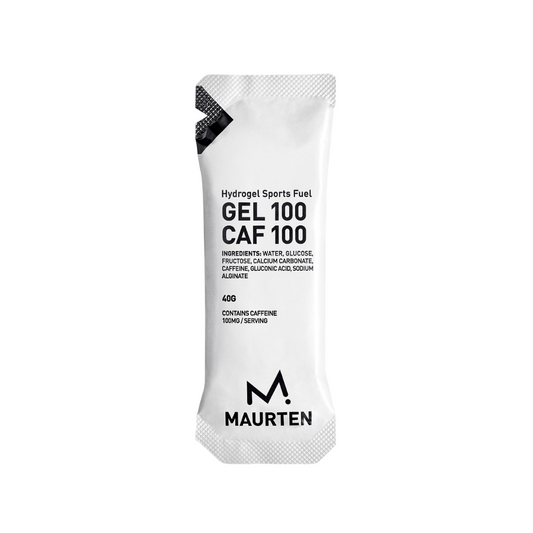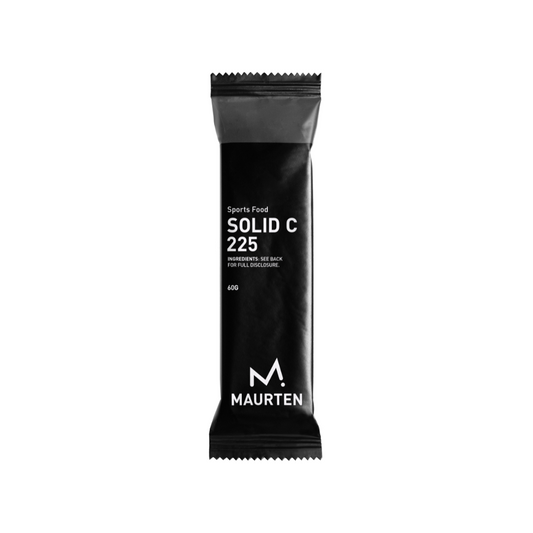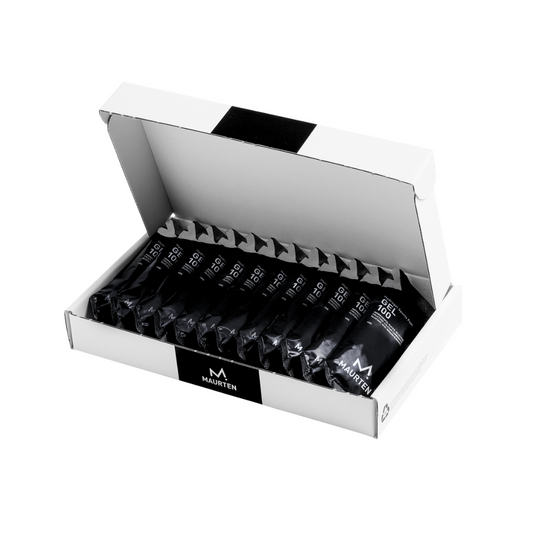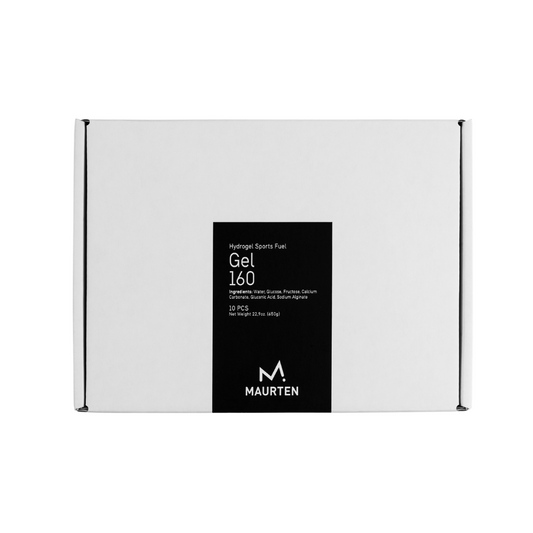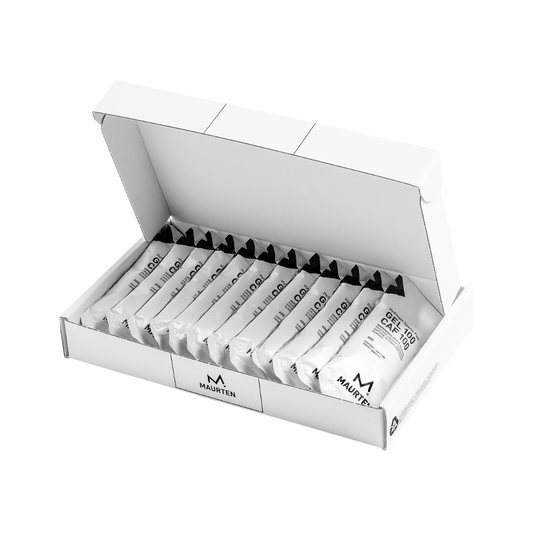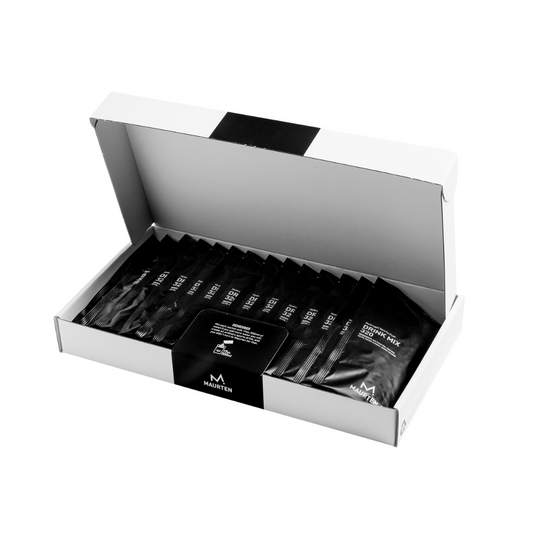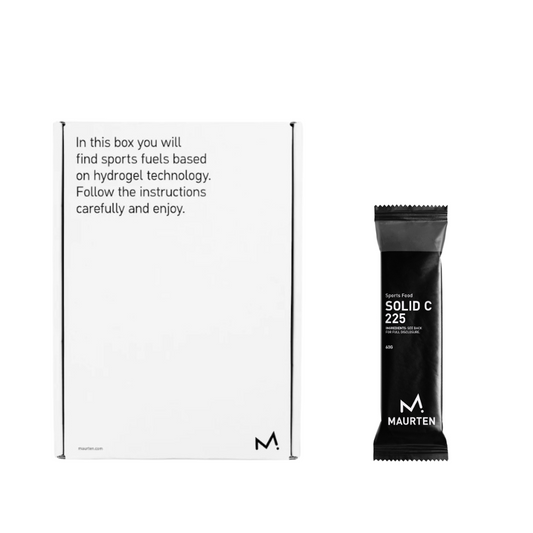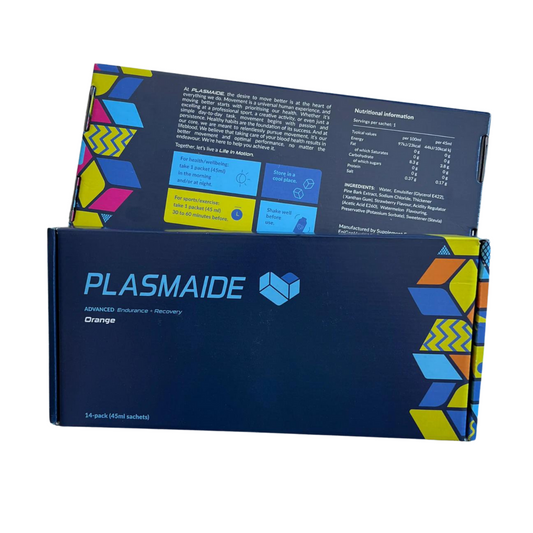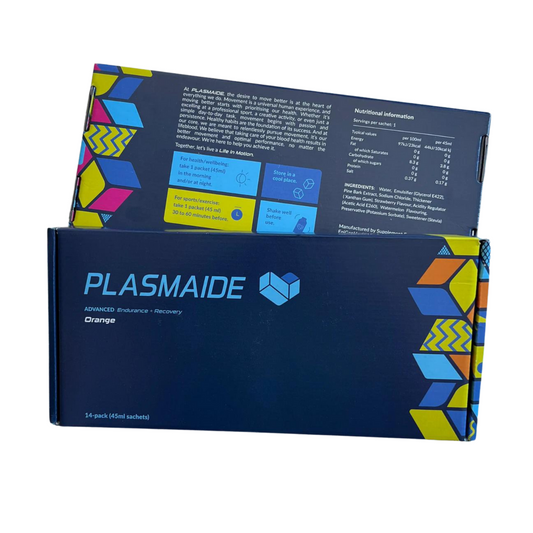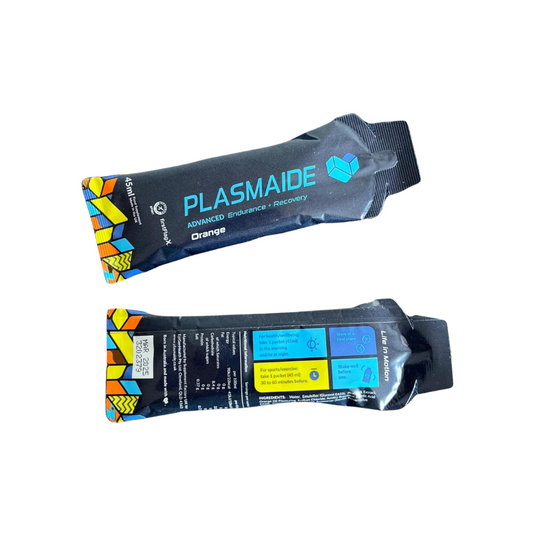Since just before the Rio 2016 Olympics, Olav Aleksander has been involved with the Norwegian triathlon team. In his role as Olympic coach and sports scientist, he has been responsible for heat training, altitude training and of course the Olympic preparations going into Tokyo 2021.
Initially, we were tracking the athletes through the use of heart rate, power meters and lactate measurements. The process of really understanding these tools and the data turned out to be a turning point.
From the lactate measurements it was apparent that the athletes were burning too much glycogen at too low power output. The corresponding intervention of tuning down the intensity and work to more efficiently burn oxygen, worked extremely well. From there it is easy to imagine how adding VO2 measurements to testing further added insight. At each increment of understanding we required more information to move forward.

This is probably why it seems to the outside world like we do alot of testing, and we do - and that is why we obsess over technology that is reliable, minimally intrusive and plug & play for athletes, coaches and scientists.
We test, validate and use VO2 analyzers, temperature sensors, lactate devices, power meters, velocity meters and the list goes on - but just finding the VO2max or the "lactate threshold" has a limited value. What is important to us, is to combine the raw values of each of these separate devices to get a more detailed understanding of how we can maximize energy into speed.
How do we train smarter? By testing and breaking down the results, from calorimetry to speed, into sub components to find out what will give the highest return on invested hours.

Lets give you an example of a simple athlete profile and what we could address from it:
With a time trial cyclist it makes sense to start with “free” efficiency. That is the bicycle and your position on it. With a very low aerodynamic drag e.g. in 0.19, your power to speed is high. Next we determine your fractional utilization of VO2 at race pace for a time trial lasting for one hour. Hovering around 94% of your VO2 Max, it is high. Since we have your O2 and power measurements we can determine the cost per watt is close to 12.1 ml/W. We also see that this efficiency drops only 3% over the course of the event. Having added heat sensors to estimate the radiated heat power, we know that 81% of your energy intake produces heat and 19% mechanical power. In short, these values tell us that you are exceptional.
In this unique case, there isn’t much we can do, except increase your ability to produce more energy per time. Or in more common terms, increase your VO2max and capacity, in parallel with maintaining equally high fractional utilization. We now have a very accurate picture of status quo, and we can monitor accurately how you respond in the following period to specific stimulus. And we can do it in the field.

Not only is training individual, but we can nail it down with very high precision, whether you are a World Champion putting down 30 hours of training a week, or you are an age grouper training 5 hours a week. The similarity between the two cases is that both don't have more hours to train, but have to maximize the results from the 5 or 30 hours of training invested!


